The Point Guard
The Youth Basketball Point Guard is basically the “quarterback” of the team. A second “coach” on the court. A good youth basketball point guard will run the plays, find the open players. Make a shot when the team needs a basket, and draw fouls when they drive in. They help break the press, and make plays on defense. In my experience the teams with strong point guards are usually the most successful. Teams with weak point guards (just a regular guard playing point because there is no one else) will usually struggle more. The Youth Basketball Point Guard is the most critical position on a youth basketball team.
 |
 |
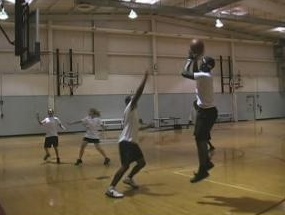 |
If you want to learn more ball handling drills check out our new download publication “Ball Handling Drills” – packed with over 80 drills for beginners and advanced…
What makes a good point guard?
A point guard must possess and work on the following basketball skills:
The Mindset / Mental Skills
The number one quality that a point guard must have is a high basketball IQ, and a positive attitude. They need to have the ability to make split second decisions – always trying to make the right decision at the right time of the game. Nothing can be worse for a team that has a point guard with a poor attitude – a point guard needs their head in the game at all times (focused on the game, not on a bad call, etc). Work with your point guard on the importance of staying positive all the time. Knowledge of the game can come from the point guard watching lots of basketball on TV. This is where they get ideas, and this is where they can watch and emulate other point guards.
Watching a point guard on TV get treated like a hero by just making a good pass is very inspiring for up and coming point guards. They learn to understand that even though they may not score 25 points in a game, they can be the main reason why the team is successful, and without a good point guard – things can fall apart very quickly. A young point guard would benefit greatly from watching basketball on TV on a consistent basis. Watching basketball on TV, along with hard work in practices will help increase this very important part of the point guards game.
Physical Skills / Athleticism
All the knowledge of the game will only go so far if your point guard is not a great athlete as well. They must be fast, quick, and strong. These physical skills help the point guard to drive to the basket, get rebounds, get steals / deflections, have strong passes, play great defense, and “get on the floor” for a loose ball when needed. Most point guards are not very tall, but there have been a few tall players that did very well at the point (remember Magic Johnson was a point guard).
Ball Handling Skills
Ball handling is the number one skill that a true point guard should possess. Good ball handling skills allows the point guard to always “look up” while dribbling – see the floor, see what’s going on, find the open players, etc. A good point guard can dribble with both their right and left hands equally. A coach should not be able to tell if a point guard is right or left handed when they are dribbling the basketball.
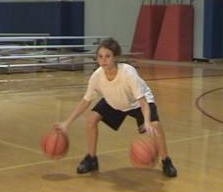
Some suggested ball handling skills for point guards:
Pull Back Crossover Drill - Front View
Behind the Back Dribble / Basic
These are just a few of the many Ball Handling and Dribbling Drills – Check out our Ball Handling Video Clips Menu Page for many more video clips!
See the Floor
A point guard should always have their head up and must see what is happening on the court at all times. If they can’t look up, they will miss easy scoring opportunities. Lots of ball handling skill work is the key for a point guard to be able to see the floor like they need to.

The younger players can use Dribbling Glasses as a good way to help them keep their head up at all times while dribbling.
Leadership Skills
The point guard leads the team, the team follows. Leadership means running the plays, being aggressive on defense, cheer teammates when they do something right, boost teammates confidence when they do something wrong, hitting the shot when the team needs it, keeping order among the team, and exhibit good sportsmanship. Without this quality, the point guards job is not complete.
Shooting
A point guard is usually not the featured shooter, but rather the player that makes the shot exactly when the team needs it. A good point guard should be able to shoot the 3 point shot, the Lay Up, and the Free Throw (and be good at these shots). A good point guard looks to score last – only after all other opportunities for their teammates to score are exhausted.
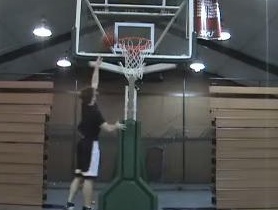
Strong, Accurate Passer
Once the point guard finds the open player, they must be able to get them the ball. A good point guard must also be a good passer, each pass must be accurate and strong (passes are never thrown softly). A softly thrown pass can be the difference of your shooter getting a shot off or not. A strong pass thrown to a shooter gives them that extra second (or half second) needed to set and shoot. A good point guard also has a strong arm – which they can use on the fast break to get the ball up the court quickly.
Strong Defender
The point guard should lead the charge on defense – giving a “spark” to your teams defense when you need it. They must be a strong defender – which means lots of steals, diving on the floor for the ball, etc. A point guard is usually very fast, quick, and a little mean on defense (goes for the kill, shakes your hand after the game). A point guard that plays defense with lots of intensity can be an inspiration to the team.
Practices
The point guard should lead the team with an intense work ethic and discipline in practice. They work harder than any other player on the team – the first to finish the sprints, the most intense player during the drills, and maintain a positive attitude throughout the practice. They are usually the one to start the cheers, and the biggest cheerleader on the bench when they are not in the game.
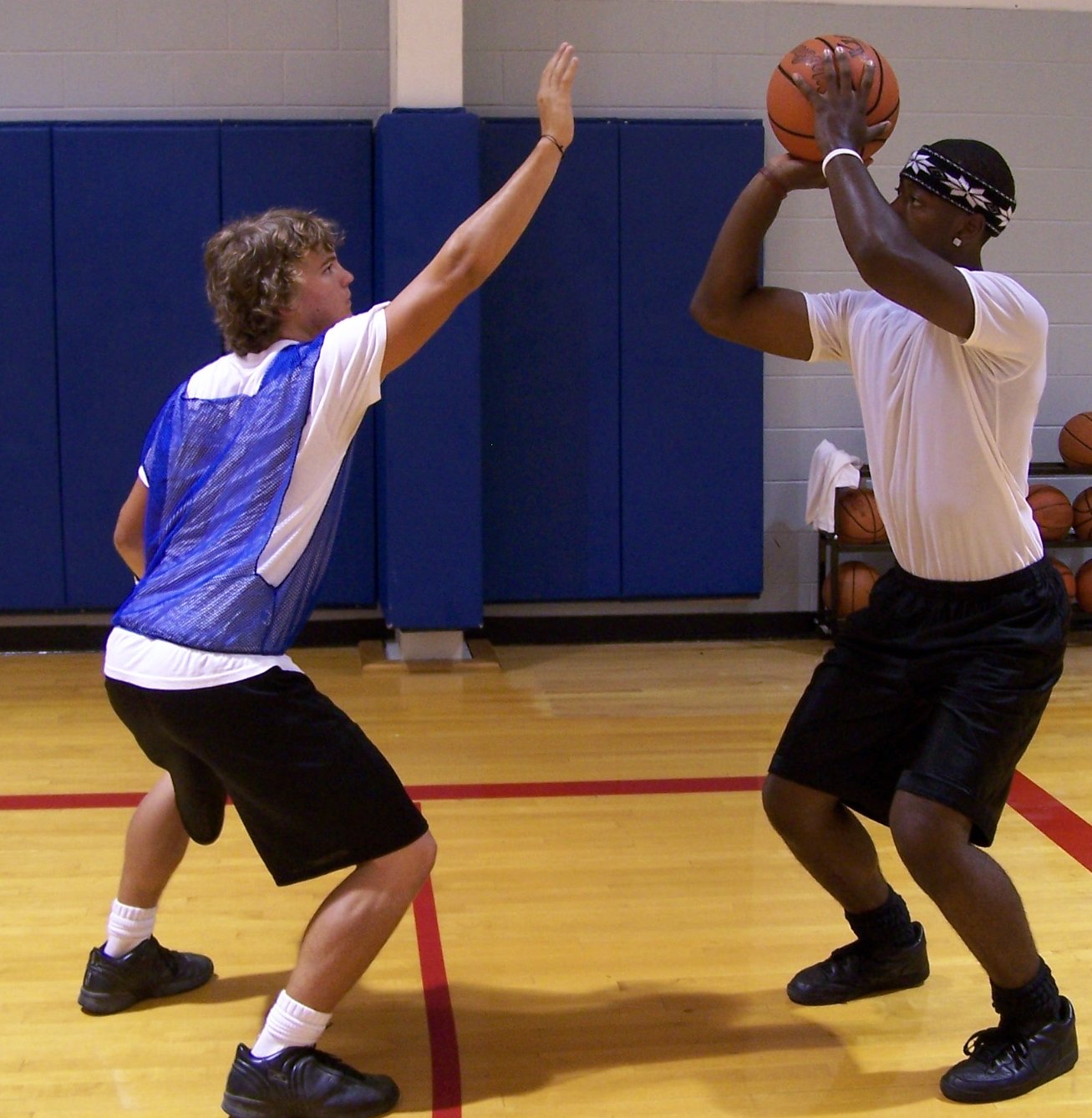
Other – Point Guard Game Related Skills
There are certain skills that a point guard will need to learn and utilize in a real game. Just a few important ones are mentioned here:
* Freezing the Defender: A very important part of running a zone offense vs. zone defense. Seems like many point guards pass from the middle of the 2-3 zone defense, but freezing the defender is the best way to ensure that the shooters in the wing areas are open for the shot.
Zone Offense Tip / Freeze the Defender
* Cross Court Skip Pass: The cross court skip pass is highly effective with quickly breaking the press. While this is a very effective pass, it is not used as much as it should be by the point guard.
Cross Court Skip Pass (animated example)
* The “Palm Up” Lay-Up: This type of lay-up keeps the ball in front of you instead of up and to the side (where a big player can block your shot). Mostly used on the full court type lay-up where you have to “soften” the shot.
Other – Point Guard Notes
There are so many skills that a point guard must possess, it can sometimes be intimidating. Here are some additional notes that a point guard should be aware of.
* Be aware of your opponents defense at all times! Is the other team using a zone defense or are they in man-to-man defense? Are they setting up the press? A good point guard will communicate the changing defenses of your opponent to the team.
* How much time is on the Clock? A good point guard always knows how much time is on the clock, and know whether to speed things up (if their team is behind) or slow things down a little (when their team is ahead).
* Assists – How important are they? The “assist” is probably what point guards are best known for. It is important for any point guard to understand that getting the ball to an open player for scoring opportunities is crucial to the teams success. Great passes to open players can get a crowd going quickly. The assist is most likely the one statistic that college coaches will look for first when recruiting point guards.
* Turnovers – The turnover is just the opposite of the assist. If you have lots of turnovers then this will tell you that you have a lot to work on. A good point guard makes good decisions with the ball – too many turnovers is an indication of a point guard making poor decisions. Learn from your turnovers, make the right decisions.
Conclusion
The Youth Basketball Point Guard skills need to be developed at the younger ages – and then fine tuned as the player starts to mature and gain experience. If your team does not have a strong point guard – just using your best ball handler at the position is really only be a temporary fix. Coaches must keep looking for a long term solution or your teams success may not come as quickly (or may not come at all). It may take a few seasons to develop a younger players point guards skills. But it will be well worth it in the long run. Work with any of your point guards on the “mental” skills as well as the “physical” skills and your team will find the most success.
If you want to learn more ball handling drills check out our new download publication “Ball Handling Drills” – packed with over 80 drills for beginners and advanced…
Point Guard
Ball Handling related Handouts Here
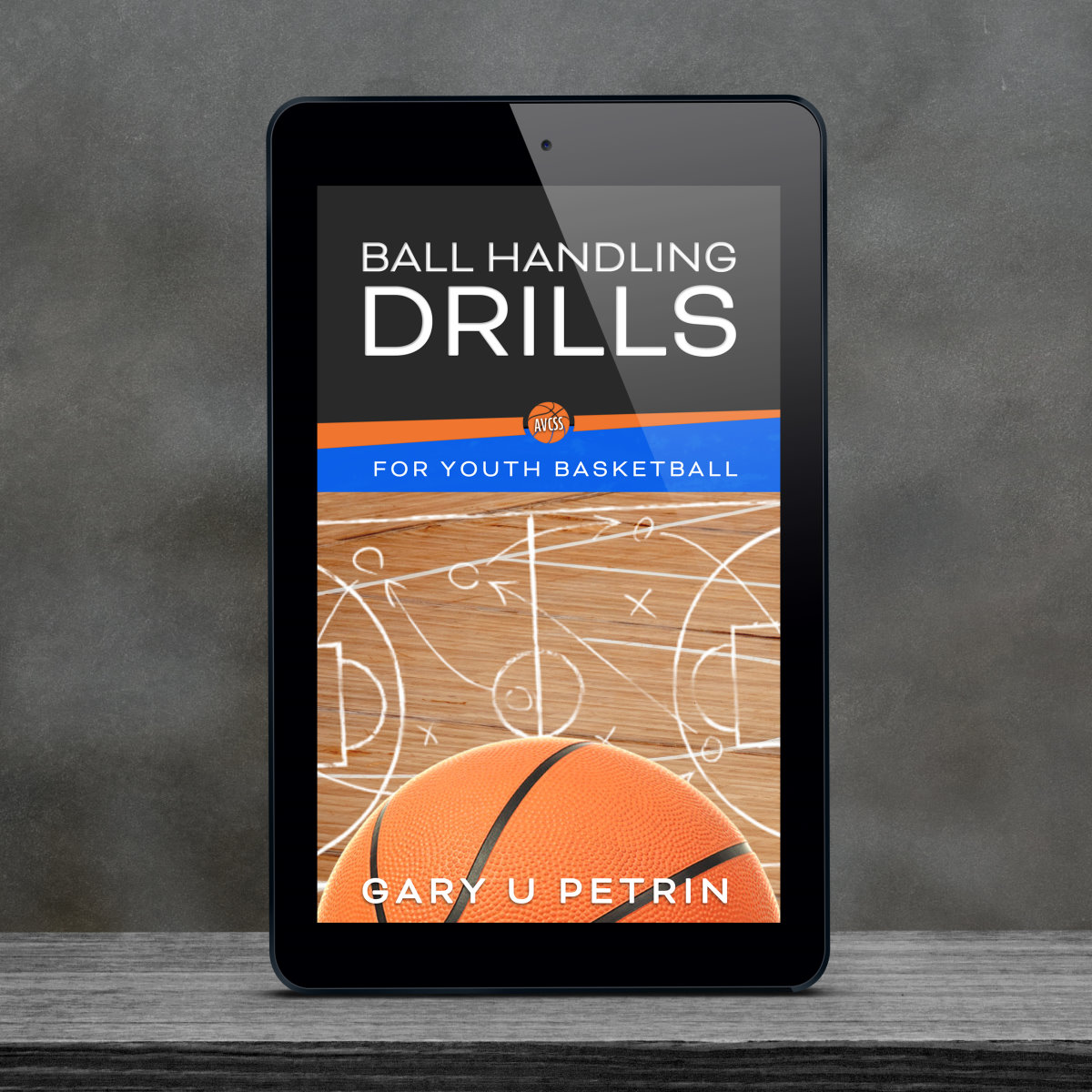
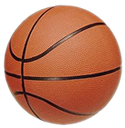

I’m that player.